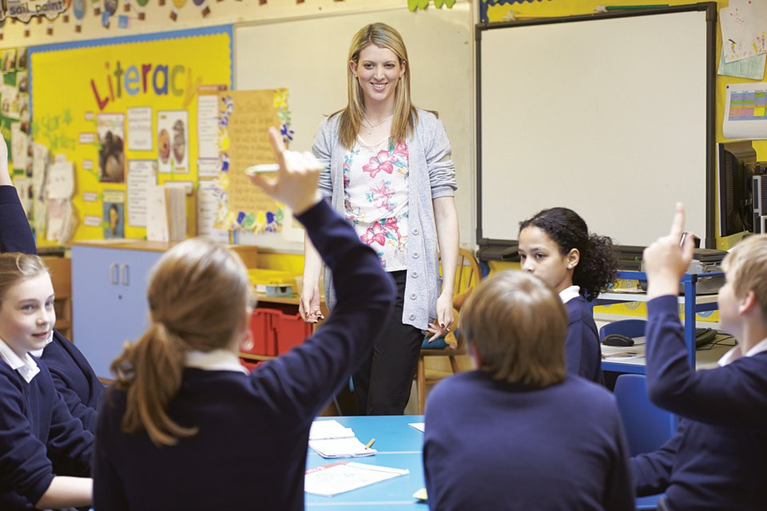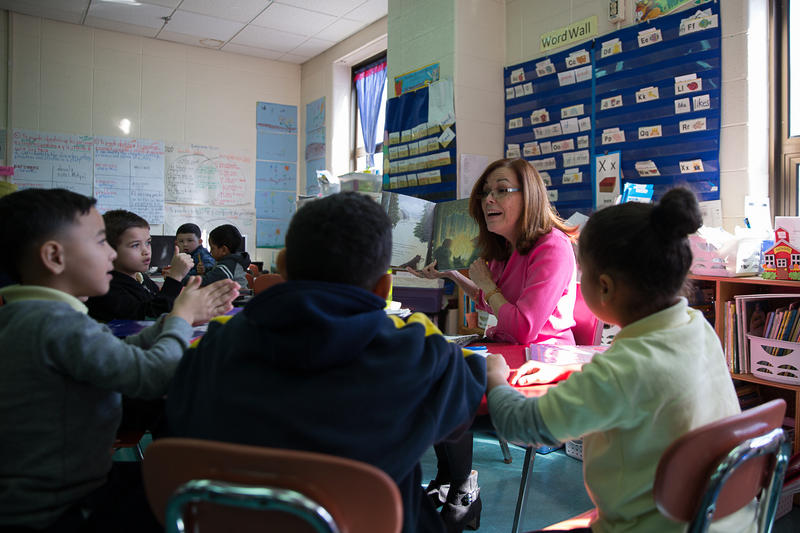As a teacher, it is your job to present lessons in a way that not only gets the content material across in an easy-to-understand manner, but ideally, the students become engaged and participate. This can be difficult to achieve, especially if students feel shy, nervous, or lack confidence. At times it can feel like you’re just giving a monologue to a room full of students, unsure if it’s even resonating with them at all.

So, how about looking for ways to improve participation and creativity in the classroom and make for a more enjoyable and rewarding experience for all? Here’s a look at some basic tips that you can put to use right away and start reaping the rewards.
Use Digital Tools to Help You Out
The first tip is to embrace technology and go about brainstorming in a whole new manner. Today’s digital tools, platforms, and software are meant to streamline the process so that the focus is on creativity at all times.
You can take advantage of what’s called concept mapping, which lets you create notes, diagrams, ideas, and more. When you use tech tools like an app or software for your concept mapping, you may even be able to share your board with other co-workers/teachers, allowing you to collaborate on lessons. Sometimes all it takes is a pair of fresh eyes to take a look at your problem and then you’ll be able to break out of your creative rut.
And another great thing about these digital tools is that you will have access to them on your mobile device such as smartphone or tablet, which means you can take them with you on the go. Anytime an idea or inspiration strikes, you can add it to your concept map board.
Give Students a Chance to Ask Questions Anonymously
Here’s an idea that is creative and outside the box. Many times, students are too nervous to ask a question in front of the class, which is unfortunate because it could be a valid question that helps others as well. So what’s a creative solution – you can allow them to ask questions anonymously.
To use this idea, simply have students write down questions on a piece of paper, and have them place their questions in a box. You can then give the box a shake, and go through the questions one-by-one. No one will be identified yet all questions are answered.
This creative idea makes sure that everyone can participate in the lesson, just in a less obvious and intimidating way.
Discussion-Based Activities Will Help Encourage Participation
When students aren’t participating at the level you had hoped for, it may be time to look closely at the activities and lessons you are delivering. Some just lend themselves better to participation. Anytime you can put forth a discussion-based activity, you’ll find that participation increases. This could be a discussion-based activity between students or between you and the students.
Discussion-based activities encourage critical thinking skills, analysis, and comprehension – all great skills for the kids to perfect.
Conduct Polls and Surveys as a Class
Conducting polls and surveys is another creative idea and will encourage even the shyest of the bunch to participate. Just be sure to pose questions in a way that the answers are one-word only. You can then share the results at the start of the activity and discuss them. Everyone will feel as though they’ve played a part in the lesson.
Don’t Underestimate the Value of Peer-to-Peer Learning
And while you’re sitting there trying to brainstorm ways you can engage with your students, get their attention, and encourage their participation, it may be time for you to step out of the equation. Giving students a chance to engage in peer-to-peer learning through group activities can increase participation levels significantly.
To make sure that everyone gets the most out of the experience, you’ll want to take charge of forming the groups. When students are left to pick their groups they will naturally choose their close friends. The whole idea is that you want them to step outside their comfort zone, learn from others, and hone their communication skills. As you choose the groups, be sure to put a mix of outgoing and shy kids together, so that they have a chance to help each other.
Experiment with Where You are Standing in the Room
Even your position in the classroom can have a big effect on participation – whether this is positive or negative. Teachers traditionally stand at the front of the class, facing students while they teach the lesson. This can be intimidating to some and may even prompt some kids to “zone out”. Try changing up where you stand and even move around the room when you can.
Standing at the back of the room will give a whole new dynamic to things and can be all that’s needed to shake things up and get kids engaged. You don’t want to get too comfortable in any one spot either, as you don’t want things to become monotonous.
Engaging Students in Creative and Fun Ways is Possible
If you’re tired of teaching classes where your students seem tuned out, not engaged, and not at all interested in the lesson at hand, it may be time to do a little creative brainstorming. Don’t be afraid to step outside the box and change things up.











